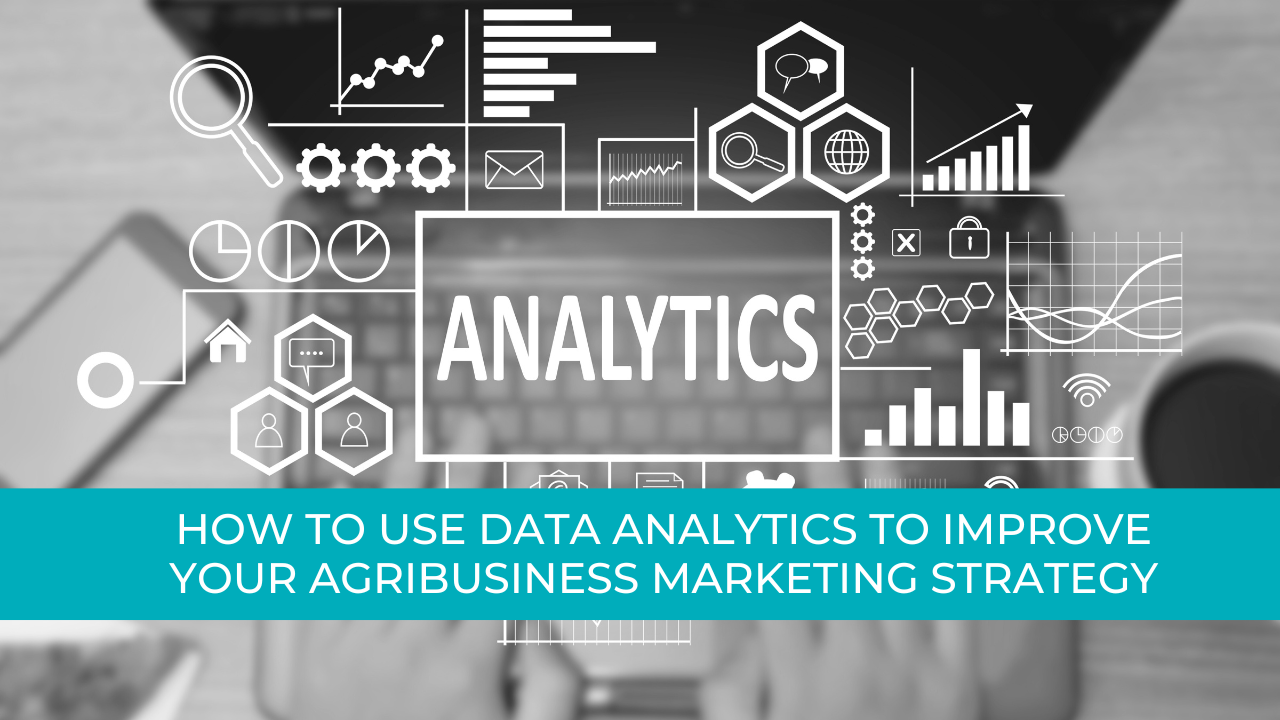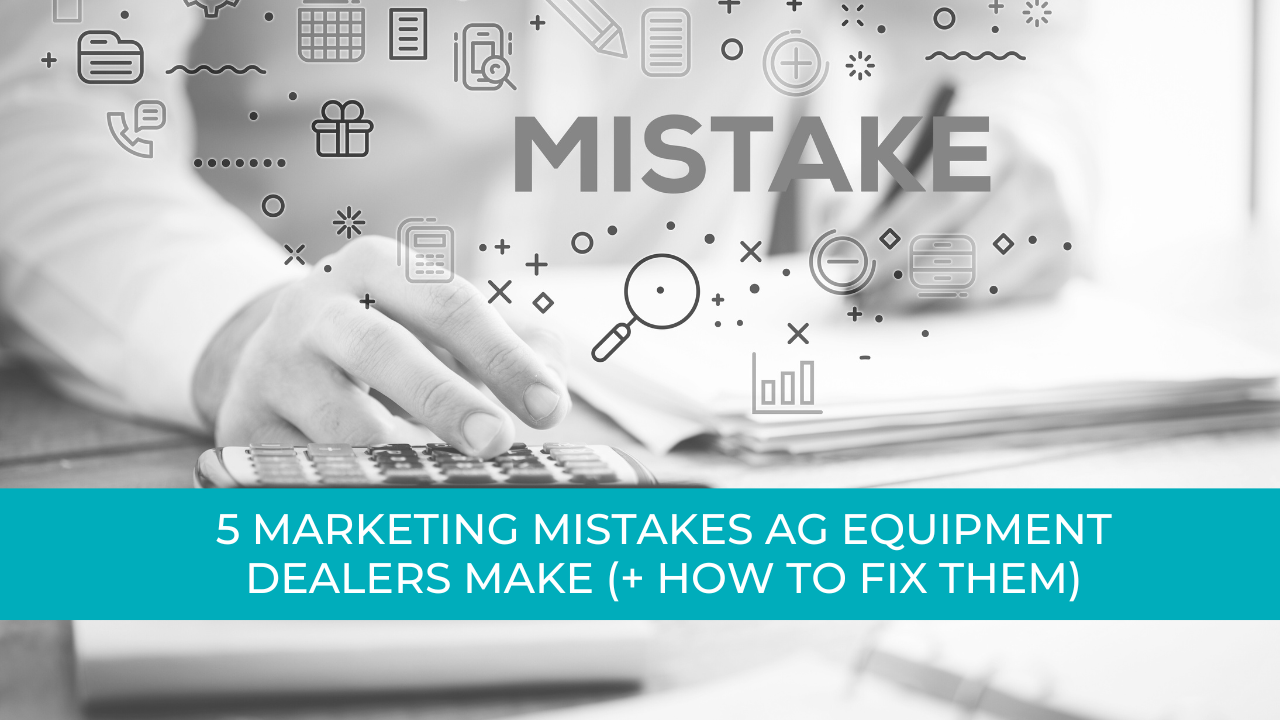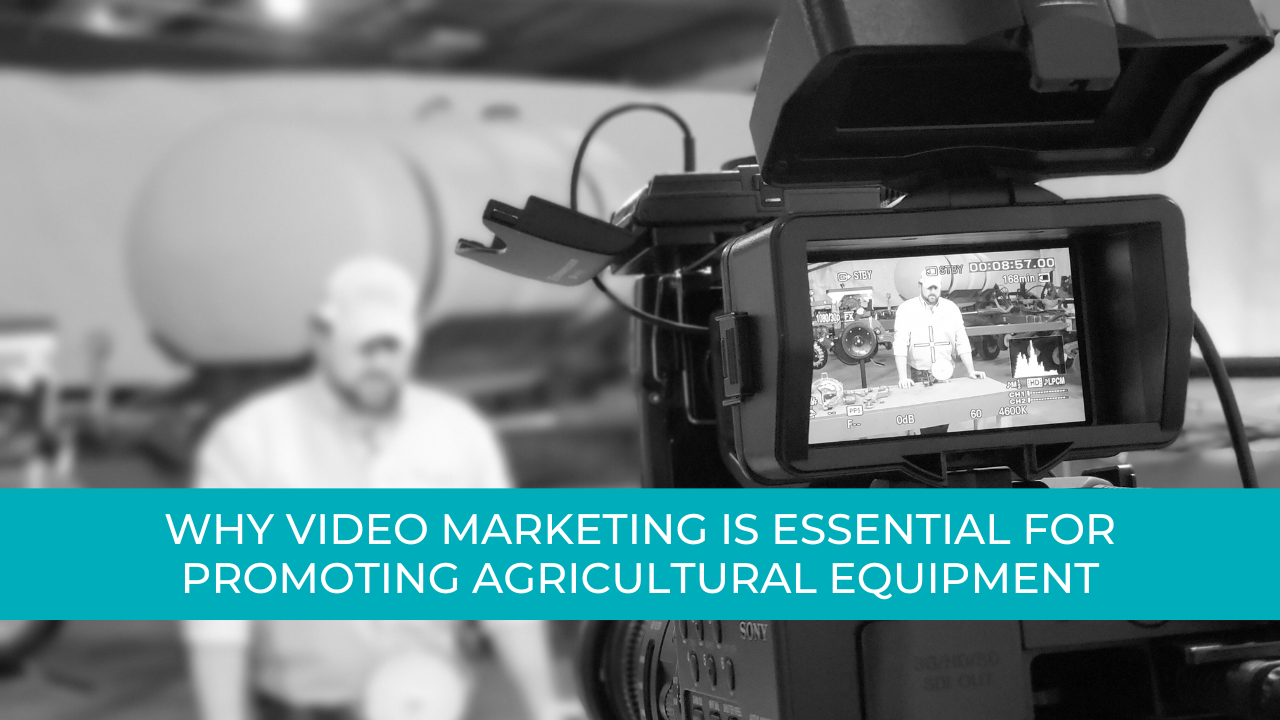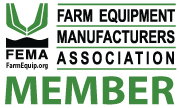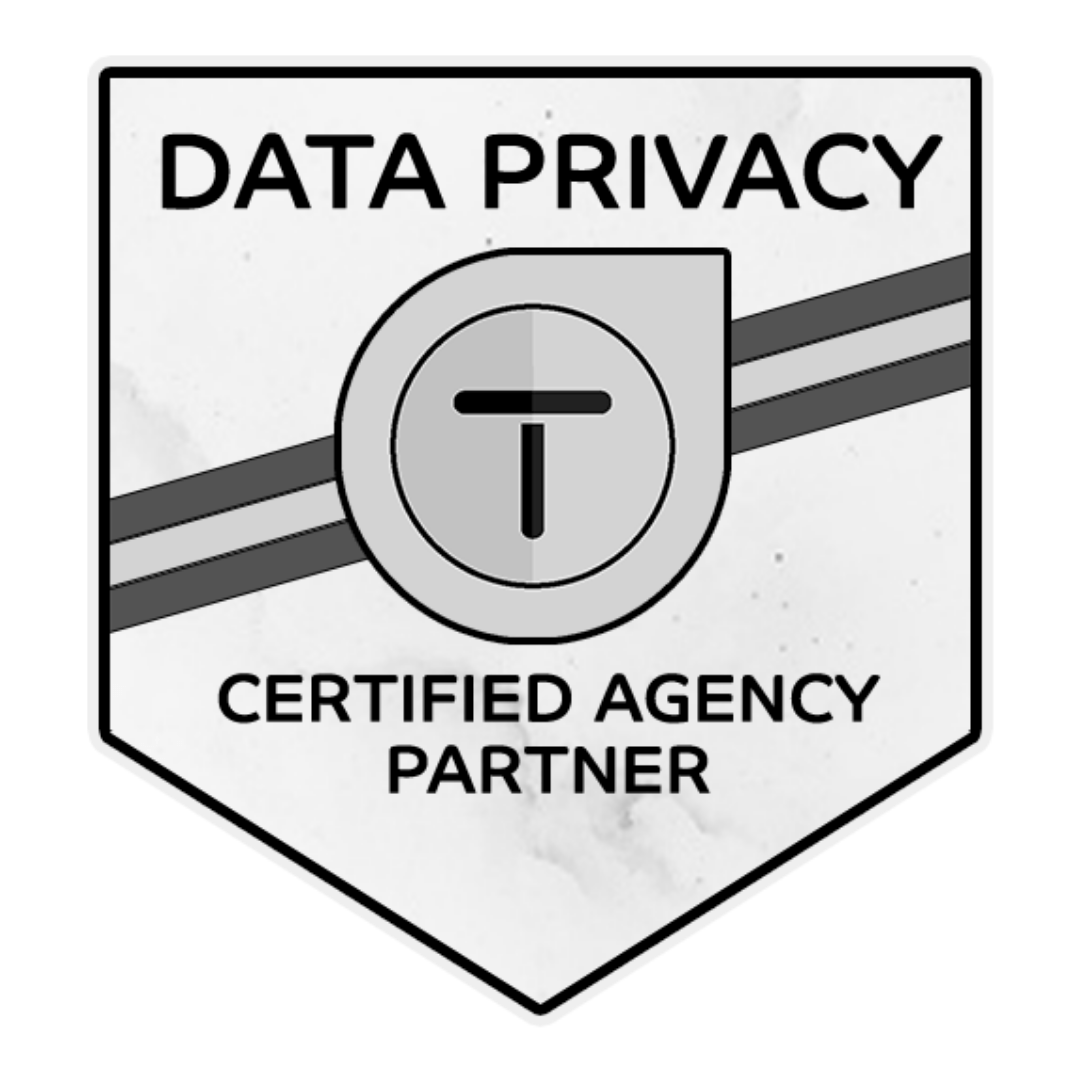Agtivation Blog
What's New In The Digital Ag World
7 SEO Tips for Agricultural Businesses
Laura Sutherly
No matter how big or small you are (or you think you are), you can gain some serious traction on search engine results by implementing some basic SEO techniques and tips on your website.
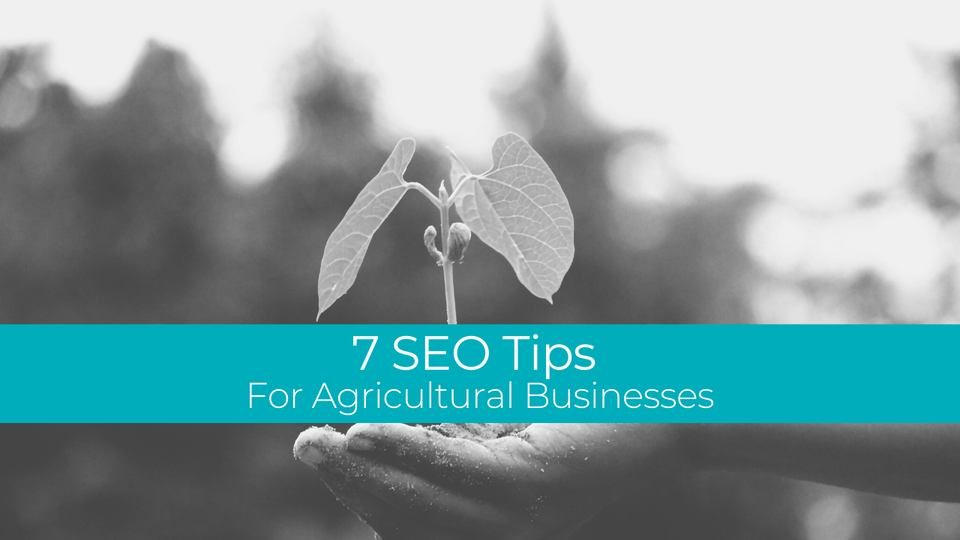
SEO (otherwise known as Search Engine Optimization) isn't just for the big guys and the multi-million dollar ag corporations!
No matter how big or small you are (or you think you are), you can gain some serious traction on search engine results by implementing some basic SEO techniques and tips on your website.
What is SEO?
SEO stands for “Search Engine Optimization”. Its an online marketing technique that helps increases the number of visitors to your website from search engine results.
For this blog, we're going to focus on what's called 'organic' SEO - which is separate from paid adverts (like Google AdWords) and instead focuses on improvements on your website that you can either do yourself or hire an SEO-savvy company to do for you (we might just know one!)
Websites are judged by search engines on a number of factors - all of which boils down to how relevant your content is and how easy it is for people to use.
SEO works to improve your website based on those judgement criterias. By making the search engines happier - you'll rank higher in their results.
People usually click on website that appear on the first page of results on Google (or Bing etc.), as they're seen as more trustworthy. Think about it - when was the last time you clicked through to page 38 of Google's search results?
Simply put, by utilizing SEO techniques, you can get more visitors to your site.
What Are The Benefits of SEO for Businesses in the Ag Industry?
In 2018, 78% of US online buying decisions started by conducting a search on search engine.
Globally, there are over 40,000 searches every second, and 3.5 billion searches per day. Now that's a huge amount of selling opportunities to tap into.
SEO helps small business owners to compete with the big guys in the industry for a fraction of the price that paid advertising would cost.
Implemented correctly, SEO can give your company 'expert status' in what you do - and reputation and relationship building is everything in this industry.
7 SEO Tips to Help You Dominate the Search Engines
1. Update Your Website With QUALITY Content
The best way to consistently update your website is to blog every week/month. Google LOVES websites that are updated regularly. It loves original (i.e. not copied and pasted from your competitor's site) writing that people actually want to read.
The longer people spend on your website reading your latest blog post, the more Google likes your website and will actively push it up the search rankings.
Having high quality content doesn't stop with a couple of blog posts - you'll want to make sure all your title tags, meta descriptions and image names are relevant and helpful. The more you help your site's visitors, the better you'll rank for related search phrases.
2. Make Sure Your Website is Mobile Friendly
With the majority of people now using their mobile devices to access the internet (that's an amazing 94% of US residents), your site needs to be easy to use, no matter what device your visitors use.
Traditional desktop versions can be difficult to view and use on a mobile device - if visitors need to pinch or zoom in order to read the content, your site isn't user friendly. When users get frustrated, they'll leave your site for a website that works.
Google measures these users leaving your site quickly and refers to them as your bounce rate. If you have a high bounce rate, Google will judge your website as unhelpful and not user friendly. The result? Lower rankings on their search results.
Not sure if you're mobile friendly? You can check for free on Google.
3. Have A Google My Business Account & Optimize It
Local SEO is a fantastic way to promote your business to potential customers in your area. One way of doing this (that's completely free by the way) is by claiming your Google My Business account and optimizing it.
Having a Google My Business account means when someone in your area searches for what you do - you'll pop up as being a business nearby that can give them what they need. When they look at their local Google map, you'll show up as a local business near them.
The best part? Setting up an initial profile takes the best part of ten minutes max.
Once your profile's claimed, optimize it by:
- Adding some relevant, high quality images
- Entering your opening hours
- Providing an informative and engaging description of what you do
- Link up your website and social media accounts
- Get happy clients and customers to leave you positive reviews
4. Build Up Quality Backlinks
Quality over quantity is the golden rule for all types of search engine optimization and backlinks are included in this!
Years ago, many companies selling SEO services used to get hundreds of random, low-quality websites to put a link to their clients' sites to help with SEO. Google loves websites that are referenced by other websites, but their standards have certainly improved in the last five years.
Backlinks are still a great way to improve your rank on search engines, but the key is to get authoritative websites in your industry to link to your website.
5. Add Internal Links Between Pages Of Your Site
This is a really nice and easy SEO technique to apply straight away.
Read through the text you already have on your site - does it reference other relevant pages on your site? Hyperlink those up! Mention different products in a blog post? Hyperlink to those product pages.
An absolute must for SEO is having an up-to-date sitemap on your site. (Not sure what that is? It’s a page of your site that has every other page of the website listed and linked to on it)
Google LOVES sitemaps and internal links. If you’re comfortable adding these to you site, do it now!
6. Get Social
A great way to promote all that great unique content you're creating is to post it onto your social media profiles.
We all know farmers love Facebook and keeping up to date with the latest innovations in the industry (and the latest deals!), so keep your social media feeds fresh and updated.
Make sure you link back to the relevant pages on your website to really get the most out of your efforts.
7. Set Goals & Measure, Measure, Measure.
There's absolutely no point in doing so much hard work on your SEO and not measuring the results. Take note of what you'd like to achieve and keep checking in to see how you're doing.
For example, if you're looking to rank for a broad search phrase like 'farm machinery ohio', keep a record of the date you start your SEO efforts, where your website currently ranks, where you'd like to rank in a year's time and what you do to achieve that. Then every two months, check where you're ranking and see if there's any improvement.
Google Webmasters Tool:
this makes sure Google knows your site exists and provides data on what works and what doesn't on your site.
Google Analytics:
this, in one word, is essential. Google Analytics provides in-depth data on how your website is doing. It analyzes things like page views, user types, how users are finding your site and what they're looking at while they're on it.
MOZ:
This is a number of different tools all bundled together. It includes a keyword explorer (which creates keyword suggestions and predicts the amount of people searching for them) and a site crawl (which continually audits your site and alerts you to any technical issues that might flag it to Google).
One of the most frustrating things about search engine optimization is it can take quite some time to see the fruits of your labor! But once you start making headway, you'll never look back.
SEO is best paired with paid advertising campaigns. The combination of the two means you're not too reliant on Google's ranking algorithms (they're notoriously changeable).
As with everything ag, preparation is everything and search engine optimization is no different. The best time to start is now, then you can reap the rewards when you need them most.
We’ll show you how to plan now - harvest later, revolutionize your online presence and sell more. Get planting those seeds today.

In the competitive landscape of farm machinery, your rivals are like shadows lurking just out of sight, waiting for the right moment to seize market share. By harnessing technology for competitive analysis, you can illuminate their strategies and uncover valuable insights. This approach not only sharpens your understanding but also helps you anticipate shifts in the market. What tools can you employ to guarantee you stay one step ahead of the competition?

When it comes to farming, making the right purchases can be overwhelming. Personalized product recommendations simplify this process by providing tailored suggestions that fit your unique needs and farming style. This targeted approach not only saves you time but also boosts your confidence in decision-making. Curious about how customer data plays a vital role in this personalization? Let’s explore the benefits and possibilities that await.

Have you ever wondered how the right tools can transform lead generation for farm equipment? By utilizing a mix of digital marketing strategies, you can enhance your visibility and engage potential customers effectively. From optimizing your website for search engines to harnessing the power of social media, each approach plays a vital role. But what specific tactics can you implement to maximize your success? Let's explore the most effective tools together.

Social media analytics can offer you critical insights for enhancing farm equipment sales. By evaluating audience demographics and engagement levels, you can better understand who’s interacting with your brand. This knowledge helps you craft messages that resonate more effectively. But there's more to explore, especially when it comes to tracking trends and analyzing competitors. What else could these analytics reveal that might just transform your approach to the agricultural market?

When creating farming videos, understanding your audience is essential. You need to take into account who they are, what they want, and how they engage with content. Are they seasoned farmers or newcomers looking for guidance? Identifying these insights can greatly enhance your video's impact. Let's explore how tailoring your approach can lead to stronger connections and better engagement. What strategies will resonate most with your viewers?

